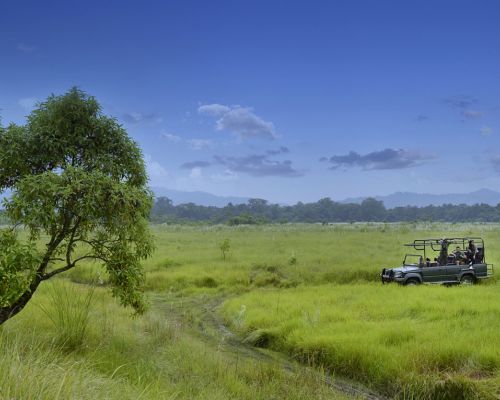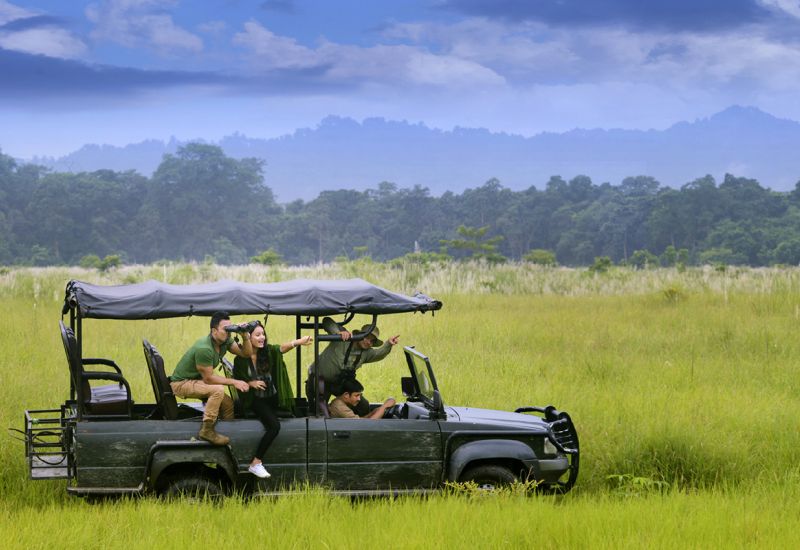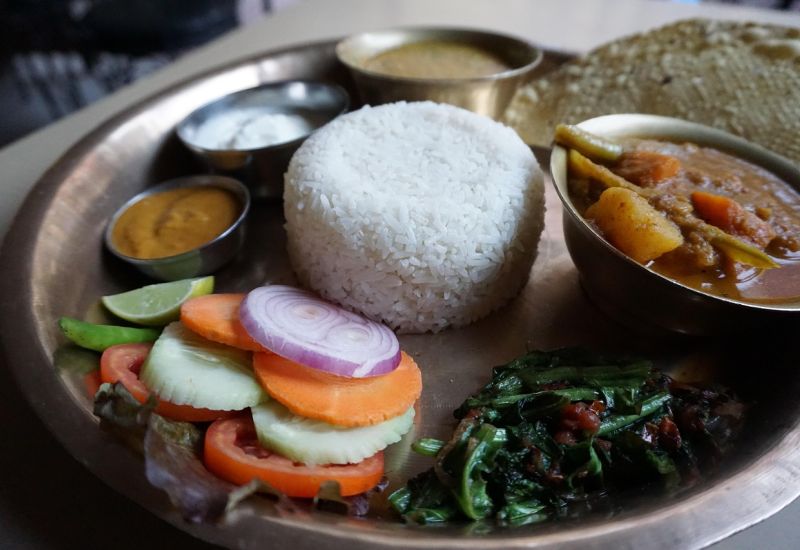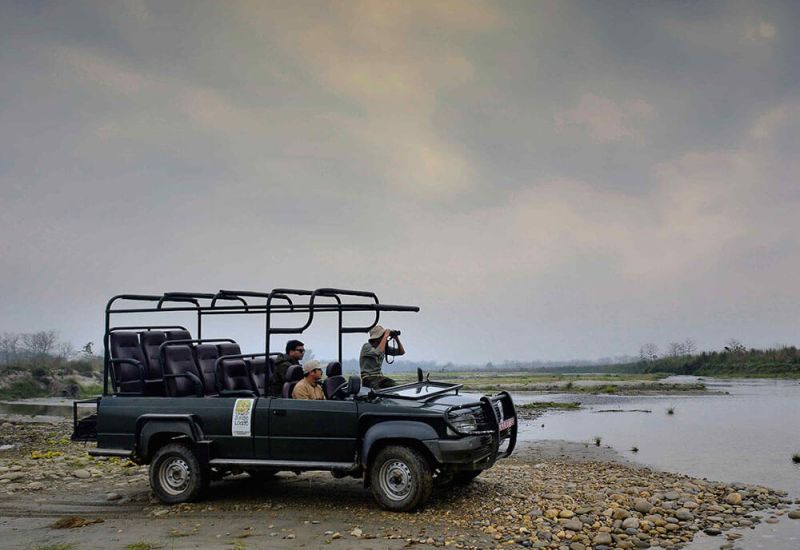Best Time to Visit Pokhara: A Complete Guide
Pokhara is a dream destination for all kinds of travelers. It fits into the perfect holiday script for anyone who enjoys beautiful scenery, adventure, leisure and spirituality. Known as the Gateway to the Annapurna Range, Pokhara is a small but lively city nestled in the heart of Nepal that sits beside the tranquil Phewa Lake with the Machhapuchre (Fishtail Mountain) in the backdrop.
Pokhara offers something for everyone, from breathtaking sunrise views in Sarangkot to thrilling adventures like paragliding and zip line. To make the most of your trip, here’s a complete guide on the best time to visit Pokhara. Let’s dive into the seasons, travel tips, and everything you need to plan your trip perfectly.
Best Time to Visit Pokhara
In short, the best time to visit Pokhara is from November to March. However, depending on the highlights, each season brings different attractions for each traveler. Let’s have a look at season in detail.
1. Autumn (September–November) – The Golden Season
Autumn is, no doubt, the best season to visit Pokhara. The skies are clear and blue after the grey monsoon season, and the mountain peaks can be clearly seen from any corner of the city. Daytime temperatures are cool ranging from 15 degrees to 25 degrees celsius which is just enough to stroll around in a light jacket. Making it perfect for trekking, sightseeing or boating. This season is also the festive season in Nepal with Dashami and Deepawali (Diwali) bringing added lights, vibrance and color to the city .
Highlights:
- Crystal-clear mountain views
- Perfect weather for paragliding and boating
- Cultural festivals and local celebrations
2. Spring (March–May) – The Season of Blooms
Spring brings with it, colorful flowers and the bright red rhododendron blooms on the trekking trails. Perfect for short treks and day hikes. The surrounding hills turn a vivid green with new growth and the air feels fresh with a cool breeze running through the Phewa lake. Spring is the perfect time to visit Pokhara if you are planning to enjoy warm weather and photography. Temperatures during this season range from 16 degrees to 28 degrees celsius.
Highlights:
- Trekking trails filled with rhododendrons
- Great visibility and mild weather
- Perfect for Annapurna Base Camp or Poon Hill treks

3. Winter (December–February) – Quiet and Peaceful
Winter runs from December to February and although this season sees fewer tourists, it is still a great time to visit. The day time doesn’t get too cold, sitting at around 16 degrees at peak and goes down to as low as 5 degrees in the mornings and evenings. However, the days are usually sunny and clear. Enjoy the slow season by spending some leisure time at the cozy lakeside cafes or go for meditation retreats in the nearby hills.
Highlights:
- Fewer crowds and lower prices
- Clear skies for photography
- Calm atmosphere for relaxation
4. Monsoon (June–August) – Lush and Serene
Monsoon in Pokhara sees frequent rain and the clouds can obstruct the mountain views. However, the monsoon transforms Pokhara into a lush, green paradise. If you don’t mind a little shower during the afternoons, it is still a good time to visit for budget travelers and wellness seekers. Expect fewer tourists and great deals on hotels and tour packages.
Highlights:
- Vibrant greenery and waterfalls in full flow
- Quiet lakeside experience
- Perfect for yoga, meditation, and café-hopping
Where to Stay?
Lakeside Pokhara
The most popular area to stay in Pokhara is by the Lakeside. It is ideal for first-time visitors who want easy access to everything. Whether you want a budget hotel in Pokhara or a comfortable hotel with complete amenities including a swimming pool, Barahi offers the best.
North Lakeside & Damside
Quieter and more laid-back areas with boutique hotels, yoga centers, and wellness retreats — perfect for travelers seeking peace.
Sarangkot Hill
Another beautiful place to stay in Pokhara is at Sarangkot. Here, you can find more luxurious places to stay that offer close up views of the mountains. You can book a hotel in Sarangkot with Barahi Hospitality.

How to Get to Pokhara?
Pokhara lies in the western region of Nepal and as a tourist destination, it is easily accessible by road or air from any part of Nepal.
By Air
Pokhara is easily accessible by air from Kathmandu, Chitwan, Biratnagar, Birgunj or Jhapa. A 30–45 minute scenic flight offers stunning Himalayan views and lands you at the Pokhara International Airport, just a few kilometers from the city center.
By Road
By road, you can get to Pokhara in about 6 to 8 hours depending on the traffic conditions on the Prithvi highway. You can choose between tourist buses, private cars or jeeps or even opt for night buses which will get you to your destination by sunrise.
Tip: Morning departures are best for smooth traffic and better scenery along the way while overnight trips will save you time.
What to See and Experience
Pokhara has different types of attractions for all travel enthusiasts. Here are some of the best highlights of Pokhara divided by category.
Pokhara’s Natural Attractions
- Phewa Lake: Enjoy boating, kayaking, or simply watch the reflection of Machhapuchhre in the water.
- Devi’s Fall & Gupteshwor Cave: Witness the power of nature in these unique geological sites.
- Begnas & Rupa Lakes: Quieter, less touristy alternatives for peaceful relaxation.
- Sarangkot: A must-visit for sunrise views over the Annapurna range.

Adventure Activities
- Paragliding: Soar over the lake with the Himalayas as your backdrop.
- Ultralight Flights: Get a bird’s-eye view of Pokhara’s breathtaking landscape.
- Trekking: Start your journey to Annapurna Base Camp, Mardi Himal, or Poon Hill.
- Zip-lining & Mountain Biking: For adrenaline seekers.
- ATV Riding: For thrill seekers who want to combine speed and uphill.
- Bungy Jumping: For the daredevils.
Cultural & Spiritual Experiences
- Peace Pagoda (Shanti Stupa): A serene hilltop stupa with panoramic views.
- Bindhyabasini Temple: One of the oldest temples in Pokhara.
- International Mountain Museum: Learn about Nepal’s mountaineering heritage.
- Pumdikot: A giant Shiva statue located on top of a scenic hill station.
Trekking Adventure
- Go on a trekking trip. You can choose from the best trekking routes from Pokhara that are suitable for trekkers of all levels.
Local Life and Food
- Stroll through Lakeside Market, enjoy live music, sip local coffee and the nightlife. Get your hands on some authentic Nepalese foods to try such as Thakali set and momo.
- Visit nearby Gurung villages for a home stay and experience the quiet mountain village life.
- Enjoy evenings by the lakeside sipping on beer and watching the world pass by.
Conclusion
Pokhara is a destination that charms in every season. Whether you’re seeking adventure, tranquility, or cultural immersion.
No matter when you go, Pokhara’s natural beauty, warm hospitality, and serene atmosphere will leave you rejuvenated and inspired. Pick the best time to visit Pokhara for you and have an unforgettable trip!













